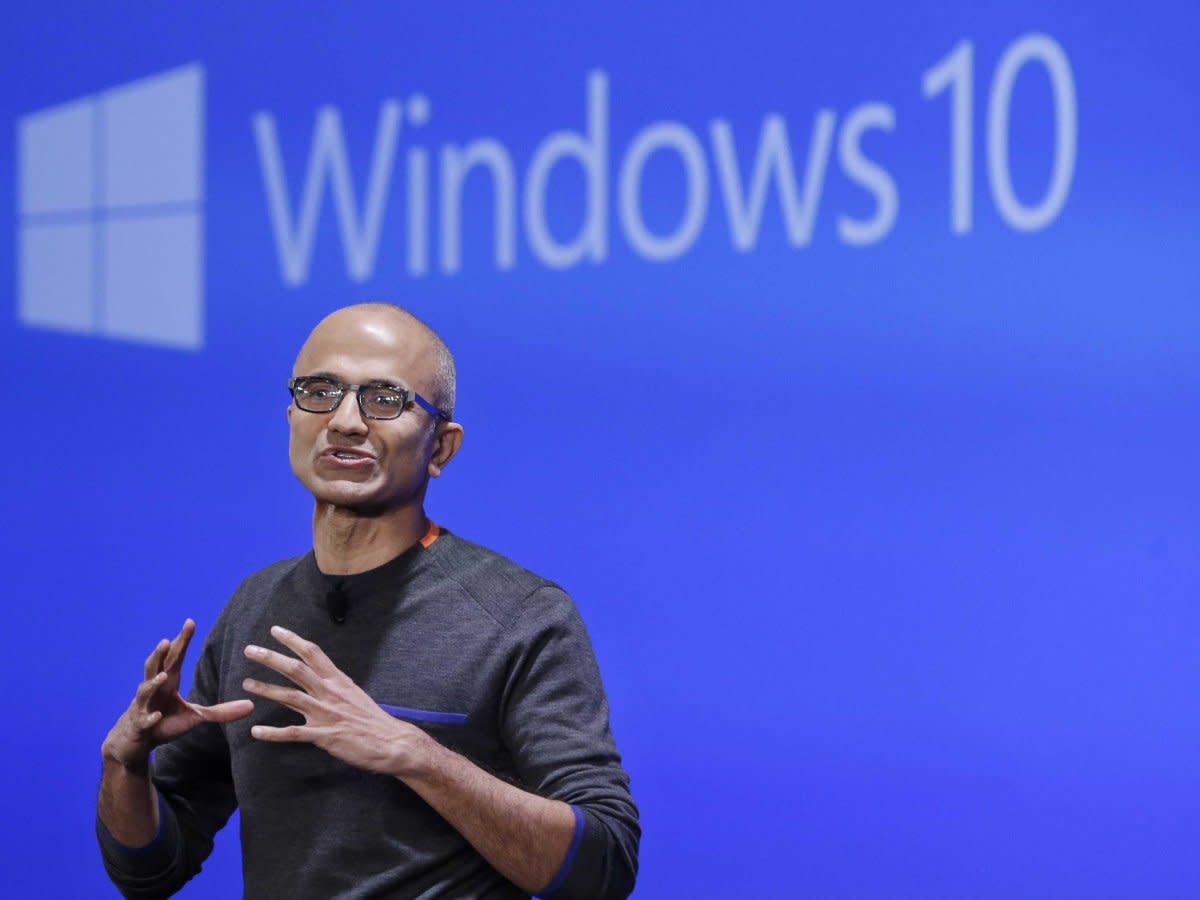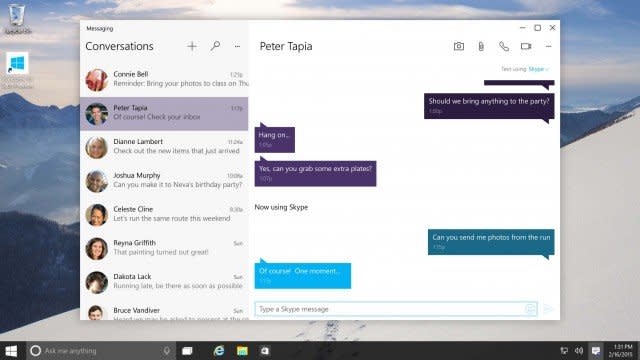I’m ready to love Windows again

AP
Microsoft CEO Satya Nadella at January’s Windows 10 event.
I was a Windows user for most of my life.
My family’s first computer, which we got in 1991, ran Windows 3.0 and didn’t even come with a modem. (I still remember helping my dad install one a few months later. We signed up for a Prodigy account and I spent countless hours playing MadMaze after that.)
From then on, we were a Windows family. In 1995, we bought a PC with Windows 95 and AOL. In 2000, we got a Dell that we’d eventually upgrade to Windows XP.
It wasn’t until I joined the school paper my sophomore year in high school that I tried a Mac for the first time. I didn’t look back after that. I declared myself a Mac user for life.
This was shortly after Apple released OS X, the same operating system Macs still use today. It looked better than Windows. It didn’t get hammered with viruses and malware like Windows. The programs were more powerful for designing and publishing our school paper. The first thing I did with the truckload of money I got for graduation was buy a PowerBook for college.
Over the last 11 years or so, I barely paid attention to Windows in my personal life. I reviewed a bunch of Windows laptops, but none of them thrilled me. And Windows seemed to be getting clunkier and more complicated, while OS X kept getting cleaner and easier to use.
Windows Vista was a disaster. Windows 7 was better, but it wasn’t good enough to make me want to switch. Windows 8 was a mess, and I’d argue that it was a mistake for Microsoft to release it.
But Microsoft’s new version of Windows, Windows 10, is different, and I think it’s the beginning of a fresh start for Microsoft’s flagship operating system.
I’ve been using a very early version of Windows 10 on a Surface Pro 3 for the last few days. (The version I’m using is called a technical preview, and it doesn’t have all the features Microsoft announced at its big event the other day. Plus, Microsoft will likely announce some new surprise features before the final version ships later this year. But it’s really stable and a good taste of what’s to come.)
It’s early, but I can already tell Microsoft is cooking up a winner.
The most important feature in Windows 10 is that it pays attention to the desktop again. Windows 8 forced you to use a touch-friendly menu for all your apps. It was fine for tablets, but a pain in the butt if your were using a regular laptop or desktop computer.

Microsoft
The new Windows 10 desktop.
Windows 10 moves forward by looking back to what made Windows great in the first place. The familiar desktop mode is now the default. The classic Start button is back. You can resize app windows instead of being forced to run them in full screen.
And the Surface, which I still think needs a lot more refining before it can really become a laptop and a tablet replacement, is starting to make more sense. When you have the keyboard attached to the Surface, it defaults to the desktop. When you detach the keyboard, you have the option to switch to tablet mode, for all your tablet-y apps.
There are other nifty features like the digital assistant Cortana (which is better and more useful than Apple’s Siri) and the option to stream games from your Xbox.
But that’s just gravy. The core of Windows 10, that consistent and comfortable user interface, is what will matter the most.
Even though we’re months away from the final version, Windows 10 already feels seamless, friendly, familiar, and actually kind of fun to use.
I’m ready to love Windows again.
Read more stories on Business Insider, Malaysian edition of the world’s fastest-growing business and technology news website.



